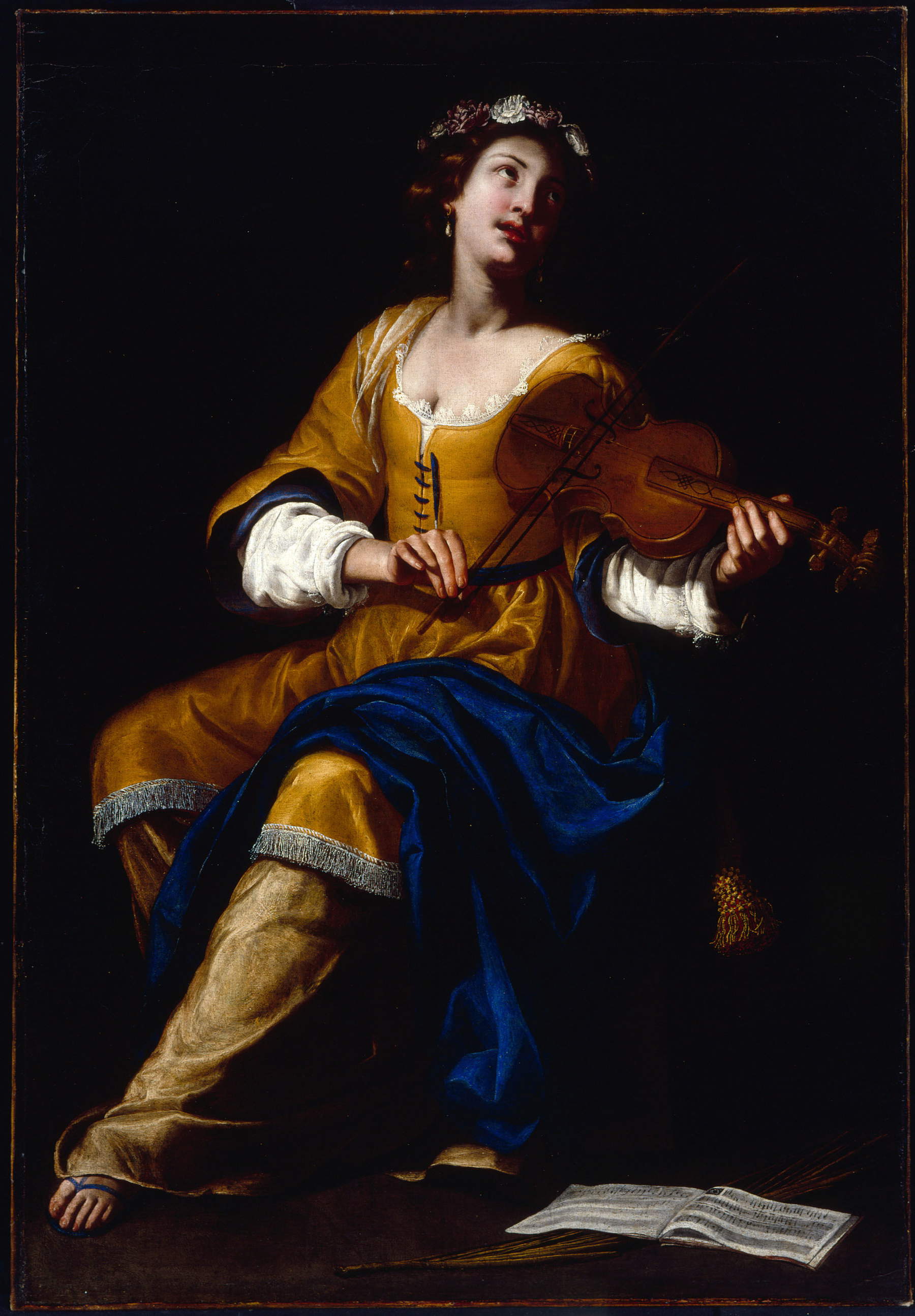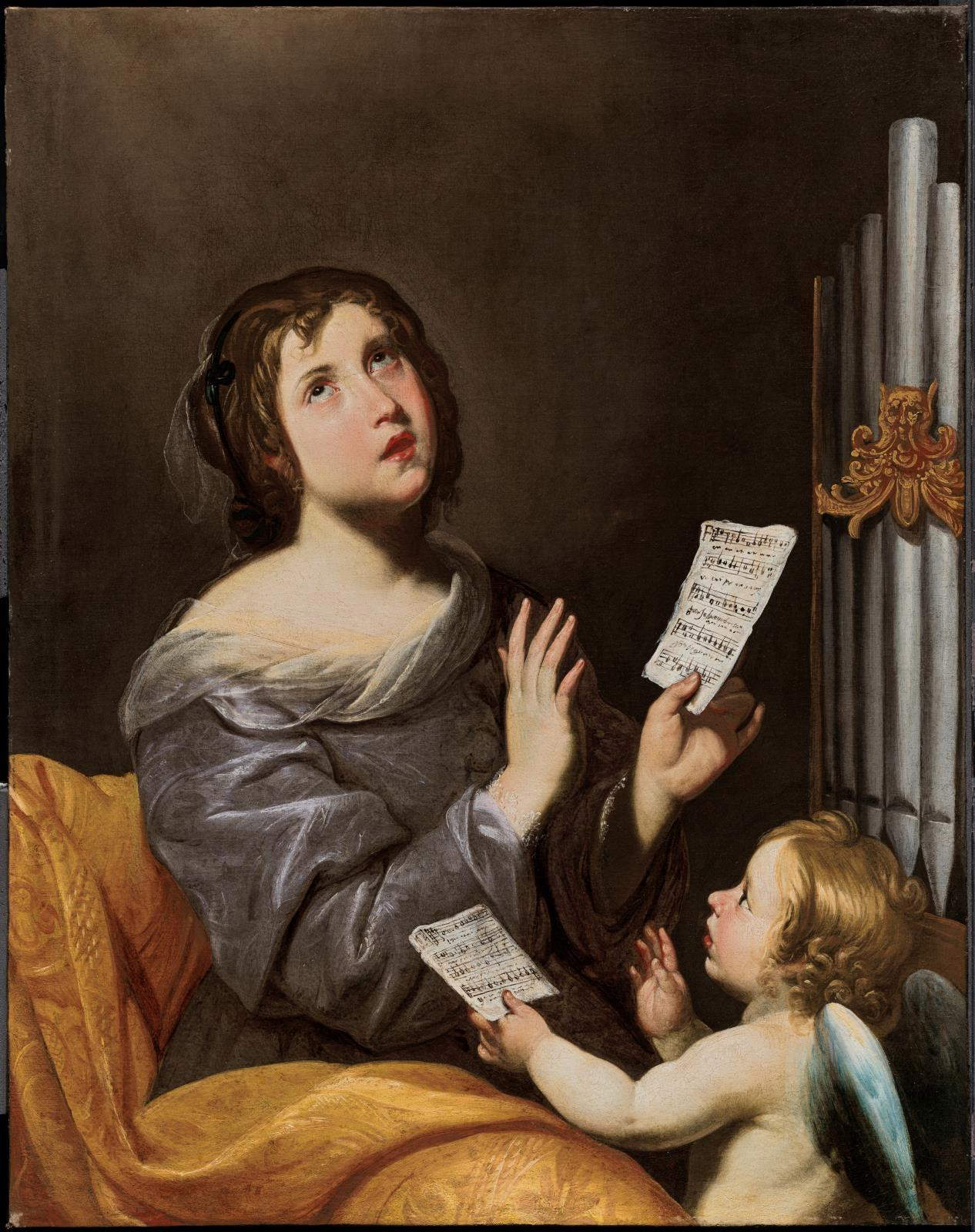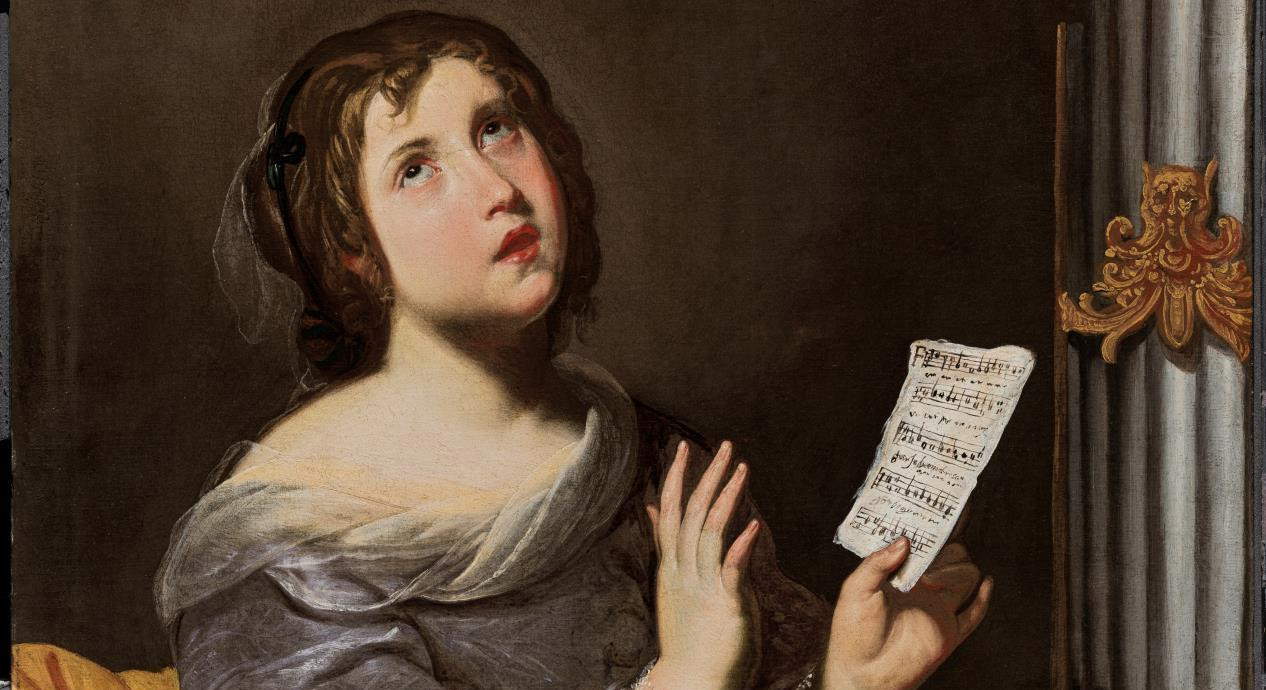From November 20, 2025 to March 22, 2026, the Gallerie d’Italia in Naples is hosting the exhibition Women in Spanish Naples. Another Seventeenth Century, an exhibition project on the female role in the arts of seventeenth-century Naples. This is the first systematic survey dedicated to women artists and protagonists of the 17th-century Neapolitan cultural scene, a field hitherto explored only piecemeal, despite the growing interest in gender issues.
The itinerary opens with the figures of Lavinia Fontana and Fede Galizia, artists from other cities who worked for Neapolitan patrons at the beginning of the century, offering an interesting comparison with the innovations introduced by Caravaggio. Their works reveal the dense network of artistic, commercial and collecting exchanges that made Naples a crossroads of Mediterranean culture.
A central moment in the narrative is represented by the arrival of Artemisia Gentileschi, whose paintings will be exhibited never before presented in Italy, and the Neapolitan sojourn of Giovanna Garzoni. Ample space is also reserved for the figure of Diana Di Rosa, known as Annella di Massimo, a highly talented Neapolitan artist.


A thematic section is devoted to Neapolitan “divas”: Adriana Basile, the internationally renowned singer, and Giulia De Caro, whose extraordinary parabola from prostitute to theatrical impresario embodies a powerful symbol of redemption and emancipation.
The exhibition also rediscovers lesser-known but highly interesting personalities, such as the painter and miniaturist Teresa Del Po and the ceroplast painter Caterina De Iulianis, the latter proposed in dialogue with the Andalusian Baroque sculptor Luisa Roldán, underscoring the artistic ties between Naples and Spain.
Outstanding loans include Velázquez ’s portrait of Mary of Hungary and the portrait of Magdalena Ventura, the “bearded woman,” painted by Ribera, works that evoke the multiple representations of the feminine in 17th-century Spanish Naples.
The exhibition, curated by Antonio Ernesto Denunzio, Raffaella Morselli, Giuseppe Porzio and Eve Straussman-Pflanzer, enjoys the moral patronage of the Cultural and Scientific Office of the Embassy of Spain in Italy and the patronage of the City of Naples.
 |
| Gallerie d'Italia in Naples dedicates exhibition to women in the arts of 17th-century Naples |
Warning: the translation into English of the original Italian article was created using automatic tools. We undertake to review all articles, but we do not guarantee the total absence of inaccuracies in the translation due to the program. You can find the original by clicking on the ITA button. If you find any mistake,please contact us.